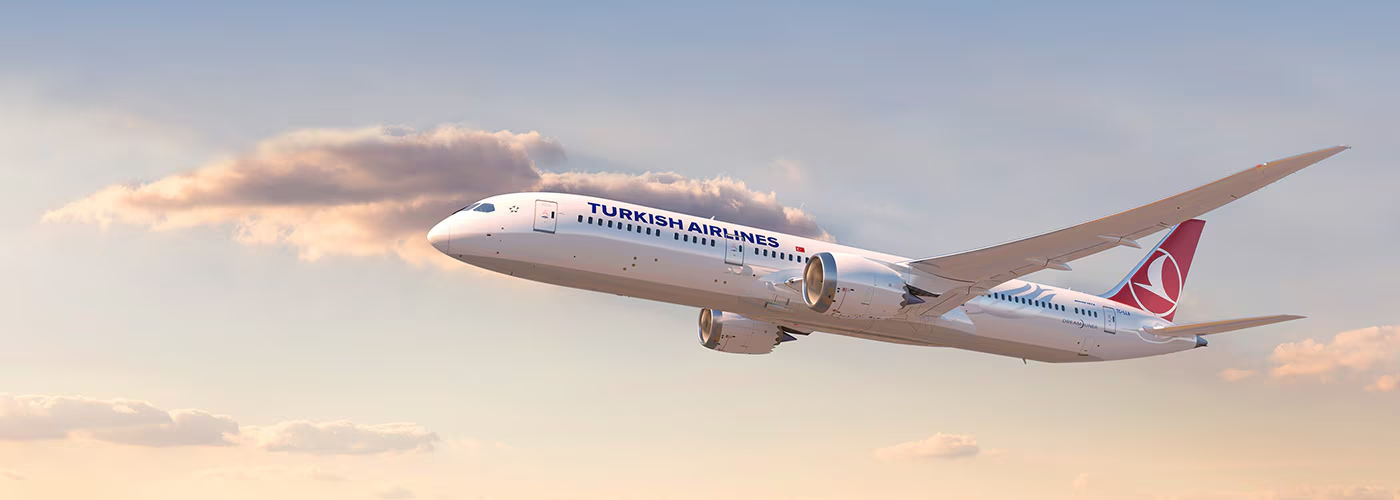What Are the Quietest Seats on a Plane?
Air travel can often overwhelm the senses, with bustling airports and the noise from numerous passengers onboard. For individuals seeking to sleep, work, or simply unwind in tranquility, knowing the quietest seats on a plane is crucial. This involves considering seat placement and the type of aircraft.
In most modern passenger planes, like the popular Boeing 737 or the vast Airbus A380, engines are mounted under the wings, featuring either two or four engines. As a rule, seats further from the engines tend to be quieter. Thus, seats located in the front sections of the plane are typically more serene than those at the back. Conversely, the seats immediately behind the engines are often the noisiest. The variance in noise levels becomes even more pronounced on the increasingly rare aircraft models with rear-mounted engines, such as the Boeing 717.
Choosing between window and aisle seats

The placement of first and business class cabins at the front is partly due to the quieter surroundings found there. However, for economy class passengers seeking a similarly tranquil spot, the decision between a window or an aisle seat is key. Window seats generally provide a quieter environment, as they are away from the frequent movement of passengers needing to stretch or access the restrooms. Nonetheless, the closeness to lavatories and galleys should also be taken into account when choosing your seat.
Seats near the restrooms often experience a continual stream of foot traffic, with the sounds of the door opening and closing and the flush being frequent disturbances. During busy flights, passengers queueing for the bathroom may inadvertently crowd around adjacent seats, causing discomfort for those seated there.

The galley is where flight attendants prepare meals, beverages, and set up the carts for service. Despite efforts to minimize noise, especially on overnight flights, the activity in these areas can still produce audible disturbances for those sensitive to background sounds.
Aircraft configuration varies, including the number and placement of galleys. For instance, Korean Air‘s Airbus A380 fleet boasts six galleys, split evenly between the front and rear. Hence, a bit of research into the airline and aircraft model before selecting your seat can be beneficial. A glance at the seat map will quickly show the locations of restrooms and galleys, aiding in a more informed seat choice.
While some travelers might rely on luck, accepting whatever seat they’re assigned at check-in, numerous airlines offer the option to reserve a particular seat in advance. This provides an excellent chance for passengers aiming to ensure a quieter flight experience, though it may come with an extra fee. To cater to those sensitive to noise, some airlines have taken measures to establish zones on their planes where children are not allowed. For example, Corendon Dutch Airlines announced its decision to create a child-free area on its Airbus A350 flights from Amsterdam (AMS) to Curaçao (CUR).
Youssef Yahya is the CEO and Founder of Aviation for Aviators, a platform dedicated to the aviation industry. With over 3 years of experience as an aviation writer, Youssef is passionate about sharing his insights on aviation, entrepreneurship, and the broader business landscape. As a Teaching Assistant in Entrepreneurship at Nile University, he also nurtures the next generation of entrepreneurs. When he’s not exploring the skies or business ventures, you can find him saying, ‘Drag your coffee, and let’s talk aviation, entrepreneurship, and football.’
You might also like:
- Cargojet 767 Overruns the Runway After Landing at Vancouver International Airport
- The Fastest Airplane in the World
- 10 Family Members Die in a Piper PA-42-1000 Cheyenne 400 Crash in Brazil
- TSA Administrator David Pekoske Steps Down Following Donald Trump’s Second Inauguration
- How to Read a Weather Report like a Pilot
Discover more from Aviation for Aviators
Subscribe to get the latest posts sent to your email.














Post Comment